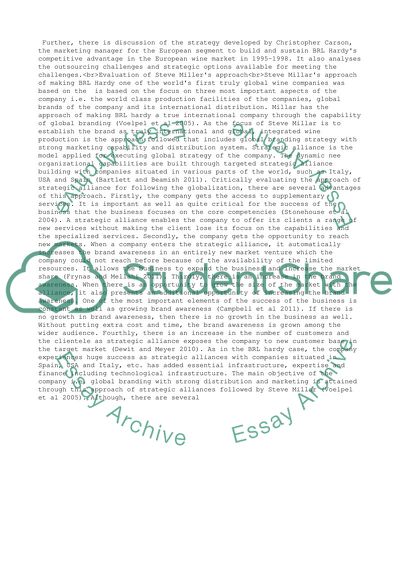Cite this document
(“BRL Hardy Essay Example | Topics and Well Written Essays - 2500 words”, n.d.)
Retrieved from https://studentshare.org/business/1402851-international-business-strategy-read-case-study
Retrieved from https://studentshare.org/business/1402851-international-business-strategy-read-case-study
(BRL Hardy Essay Example | Topics and Well Written Essays - 2500 Words)
https://studentshare.org/business/1402851-international-business-strategy-read-case-study.
https://studentshare.org/business/1402851-international-business-strategy-read-case-study.
“BRL Hardy Essay Example | Topics and Well Written Essays - 2500 Words”, n.d. https://studentshare.org/business/1402851-international-business-strategy-read-case-study.


